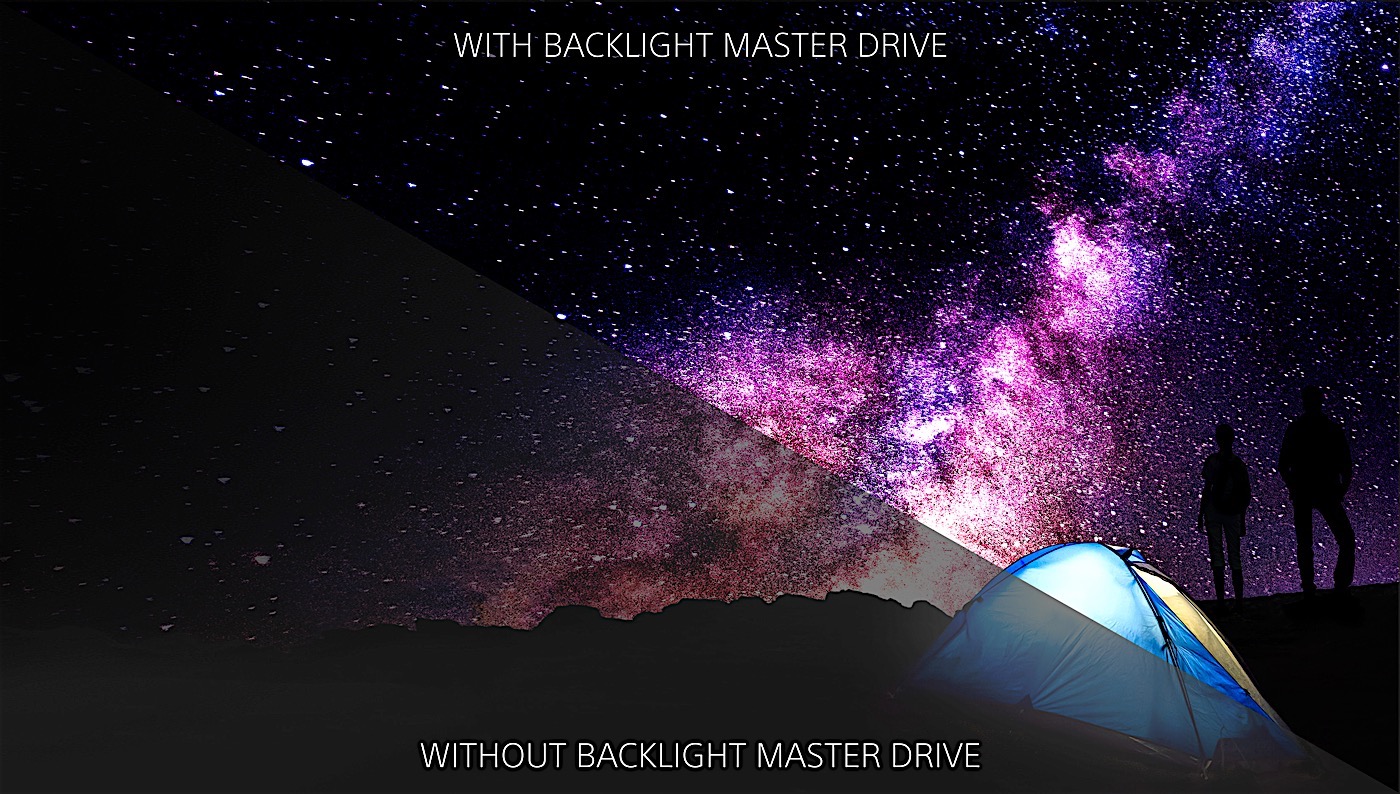Sony’s high-end 4K HDR LCD TVs start at $7,000
If you thought Sony was done announcing new TVs for the year at CES 2016, you were mistaken. Today, Sony unveiled the Z series, a new line of LCD televisions that it says is its best and brightest yet. It runs on Android TV just like the rest of Sony’s stable, but the big deal with this new flagship line of 4K HDR Ultra HD TVs is its Backlight Master Drive technology. This tech, which we saw in prototype form at CES, aims to bring a brightness and contrast that’ll rival the richness of OLED sets.
Gallery: Sony Z-series TV hands-on | 10 Photos
Backlight Master Drive is essentially a precision backlight technology that aims to provide the best lighting possible. There’s a dense LCD layer atop the TV that is coupled with a unique lighting algorithm to do the job. Discrete LED controls prompts the TV to dim and boost each LED individually instead of lighting up entire zones. Meanwhile, a calibrated LED beam means the light focuses in on a specific area instead of leaking. This, Sony says, offers “unparalleled contrast and realism,” leading to a deeper blacks and brighter images.

On top of all this, the Z series packs in the new 4K HDR Processor X1TM Extreme, which when combined with the Backlight Master Drive tech, should result in better color and contrast. Sony says it has 40 percent more real-time image processing power than the previous 4K Processor X1TM. It packs in features such as object-based HDR remastering, dual database processing and Super Bit Mapping 4K HDR, all of which combine to create better HD upscaling, improved noise reduction and just a smoother picture overall.
The 65-inch and 75-inch models are available for pre-sale today for $6,999 and $9,999 MSRP respectively, and should arrive in stores this summer. If you’d prefer a super-sized version, a 100-inch model will be available later in the year for a yet to be determined price.
Gallery: The tech behind Sony’s Z-Series | 4 Photos
Update: We’re live here in the Sony event along with several other journalists to have a walkthrough demo of the new Z-series TVs. The 100-inch model that was shown on stage looks absolutely gorgeous. Images look breathtakingly lifelike and I was amazed at the detail and texture of the video shown. Sony showed clips of a chef making sushi, and you could see the glimmer and texture of each individual piece of nigiri as if they were right there.
Another advantage of Sony’s backlight algorithm is that blur is greatly reduced. The company showed a demonstration of a moving slideshow with MotionFlow turned on and off, and the movement shake was undeniable. Due to this reduction in motion blur, Sony says TVs like the Z-series work great for sports or other high-action clips.
Gallery: Sony Z-series 4K HDR TV press shots | 19 Photos
We were also treated to a side-by-side comparison of a Z-series TV when compared to an LG OLED TV plus a Samsung LCD, both of which are 4K HDR sets. The same video seen on the Samsung set looked pretty washed out — the blacks were not nearly as deep and dark. The OLED TV, on the other hand, handled blacks as well as the Z-series, but it couldn’t handle subtle colors. For example, a shot of a light fixture looked a little blown out on the OLED screen, while the same scene on the Z-series appeared more true-to-life. Similarly, a close-up of cooked rice looked rather monotone on the OLED screen, while the Z-series showed the same scene in much richer detail, so much so that each rice grain seemed to pop from the display.
According to Sony Electronics President Michael Fasulo, Sony sought the opinions and insight of the creative community when developing the set. “We’ve designed it so that the video you see on screen is exactly as [the filmmakers] want it,” he said. However, the TVs aren’t quite perfect — a Q&A session at the press event revealed that the Z-series doesn’t support Dolby Vision.
Despite the quality of the Sony Z-series, I’m not sure if that extra bit of color realism is worth the added $3,000 to $4,000 premium. It certainly looks a lot better than comparable LCDs, but the difference between this and a cheaper OLED is not quite enough in my opinion. Still, it’s an admirable step forward in TV technology and I’d be interested to see if Sony will come out with smaller-sized 4K HDR sets in the future.
(31)




























